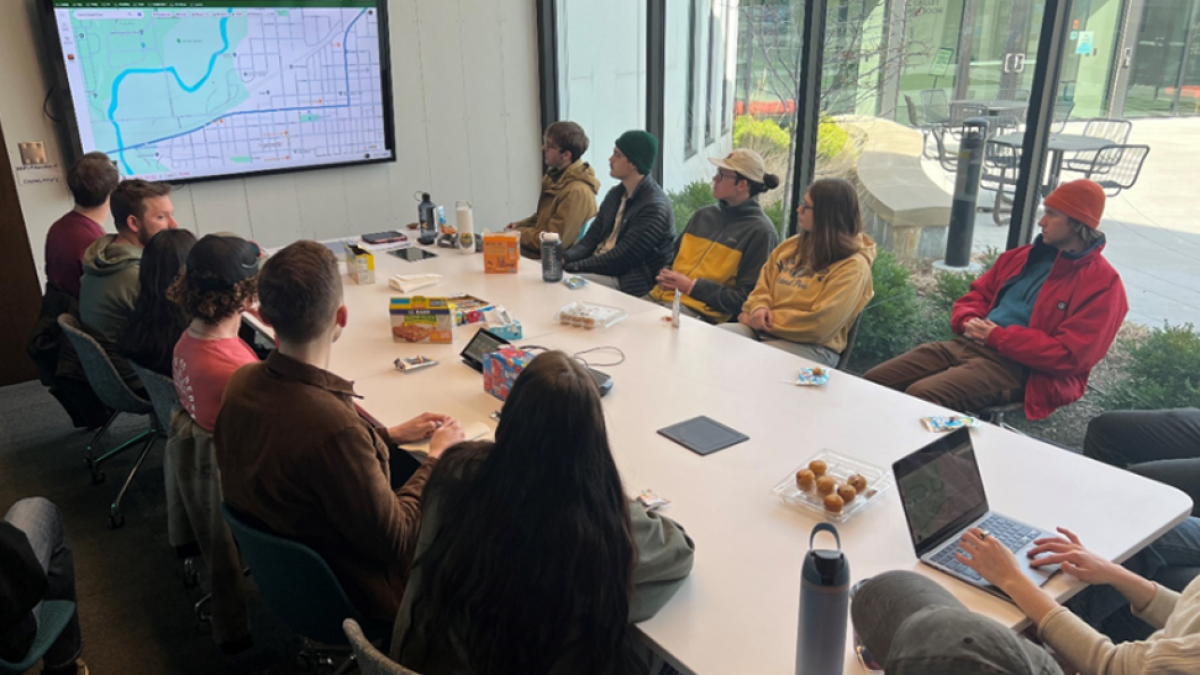
by Geitner Simmons | IANR Media
One of the best ways a community can safeguard its tree inventory is by promoting the trees’ genetic diversity. To reduce the long-term threat from pests and disease, a useful rule of thumb is to have no more than 10% of the same tree species, 20% of the same genus, and 30% of the same family.
University of Nebraska–Lincoln students passed along those and other recommendations this spring to the City of Crete as part of a comprehensive community forestry toolkit.
The project not only provided Crete with a wide-ranging set of information but also helped the 20 participating undergraduate and graduate students understand how urban forestry encompasses insights from multiple disciplines. Community planning is one component, as are landscape architecture, natural resources studies, horticulture and environmental policy.
Students also learned the importance of clear communication, as they used non-specialist language in writing recommendations for tree planting, pruning and overall care. The project also helped students learn about the practical considerations that go into crafting local ordinances on topics such as hazard tree assessment and planting in public rights-of-way.
The project is the latest annual outreach effort by the School of Natural Resources’ Regional and Community Forestry program. Each spring since 2020, students in NRES 457, taught by Lord Ameyaw, assistant professor in SNR, have prepared an urban forestry management report, beginning with one for Lincoln.
For the Crete report, the Husker students completed an interactive inventory of trees around the community’s Library Park using TreePlotter software available to communities through the Nebraska Forest Service. Graham Herbst, a community forester with the Nebraska Forest Service, is an adviser for the annual Husker outreach work. He briefed Crete residents on community forestry concerns and the uses of TreePlotter.
See more images and read the rest of the story at https://ianrnews.unl.edu/students-help-crete-look-its-long-term-tree-needs